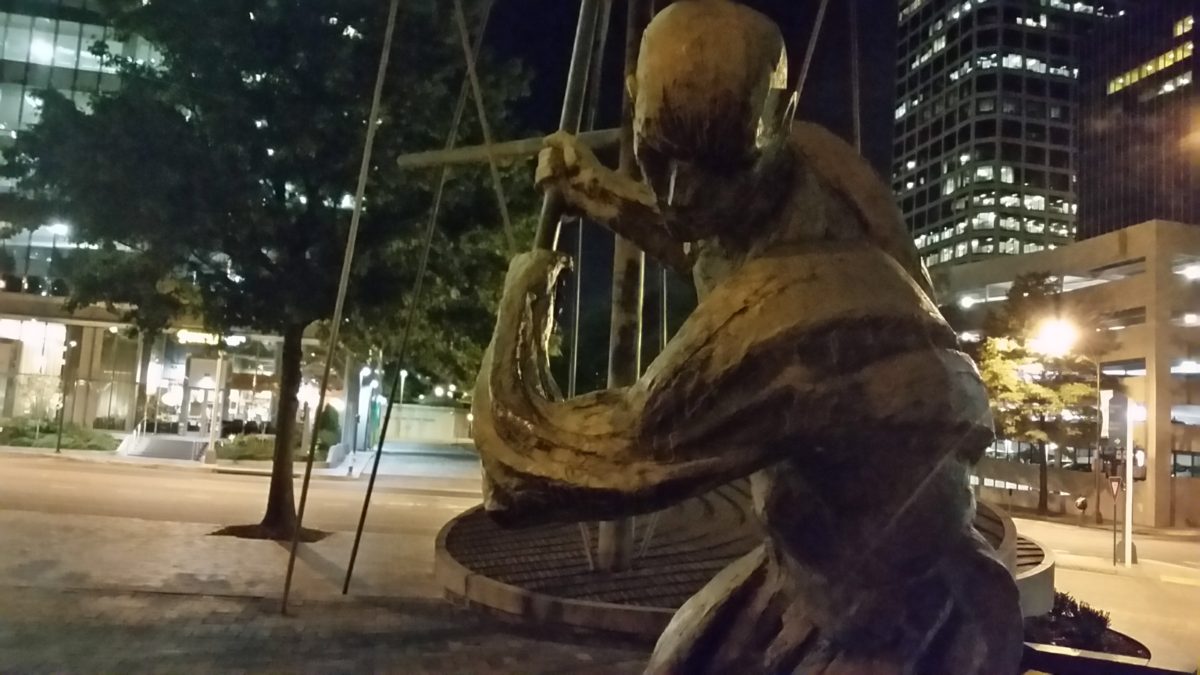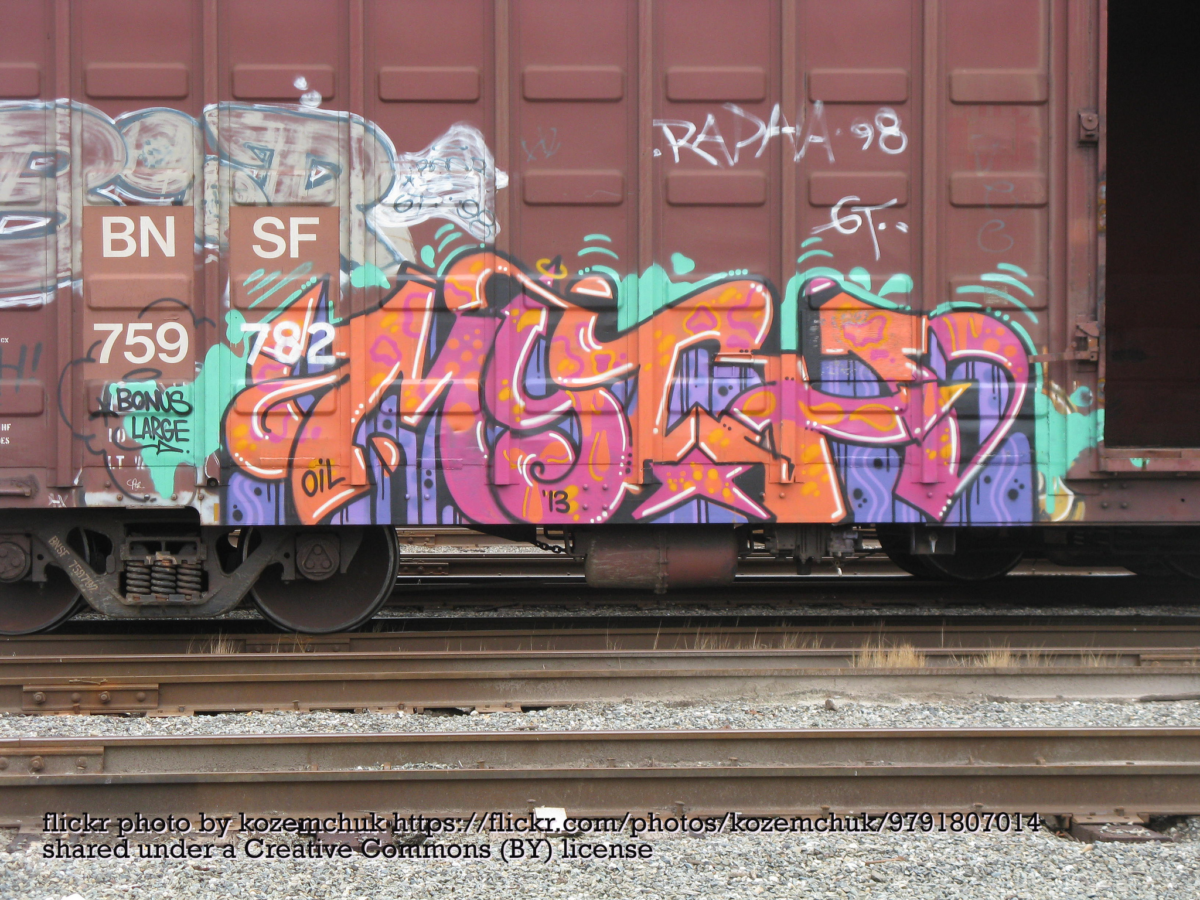I’m involved in a weekly blog that my department puts out for faculty. We provide short excerpts in set categories meant to give some tips and distill the things faculty need to know about our college. We try to put them out at the right time and in a bit of a ‘gateway drug’ format. As in, get a taste for the topic, get hooked, and click the links to learn more; go down the rabbit hole. Drugs are bad, mmkay, but they have a heck of an on-boarding process. We try to mimic that, but for good!
We call it the Teaching Hub. Here are the categories.
 Engaging Teaching: A pedagogical skill. We try to enlist ‘guest speakers’ from faculty to provide these tips and examples for how you can use them.
Engaging Teaching: A pedagogical skill. We try to enlist ‘guest speakers’ from faculty to provide these tips and examples for how you can use them.
 Learning Technology: The default setting for ed-tech articles is to provide a list of no less than 60 new tools that you should feel bad for not using yet. We try to show one or two uses of one tool.
Learning Technology: The default setting for ed-tech articles is to provide a list of no less than 60 new tools that you should feel bad for not using yet. We try to show one or two uses of one tool.
 Policies & Procedures: This is where the timely thing comes in. For example, hey, it’s week 10, you might start to get some appeals… here’s how our appeals procedure works.
Policies & Procedures: This is where the timely thing comes in. For example, hey, it’s week 10, you might start to get some appeals… here’s how our appeals procedure works.
 College Departments: Every department does something for faculty so we pick one each week to show faculty exactly what that is. The bonus here is that we make up a fake department-competition-of-the-week like rap-battles, the ska battle of the bands and an extreme skipping 24 Hours of Adrenaline race. We then award a department member the championship. I think they feel strangely proud of their accomplishments when they win.
College Departments: Every department does something for faculty so we pick one each week to show faculty exactly what that is. The bonus here is that we make up a fake department-competition-of-the-week like rap-battles, the ska battle of the bands and an extreme skipping 24 Hours of Adrenaline race. We then award a department member the championship. I think they feel strangely proud of their accomplishments when they win.
 Services for Students: we’re hoping for trickle down with this one: Hey did you know your students have access to _____? Tell them about it! An example is our co-curricular record
Services for Students: we’re hoping for trickle down with this one: Hey did you know your students have access to _____? Tell them about it! An example is our co-curricular record
 Professional Development: In this category we show a thing we think might be helpful, and also take suggestions from the audience like ‘Who’s Line Is It, Anyway’.
Professional Development: In this category we show a thing we think might be helpful, and also take suggestions from the audience like ‘Who’s Line Is It, Anyway’.
 Chatter: Here is where we round up any discussion from the previous week and bounce ideas around.
Chatter: Here is where we round up any discussion from the previous week and bounce ideas around.
Why am I telling you this? Well, we think it’s been going well and it’s been a good way to reach a larger amount of our audience so maybe you want to try some of the ideas in your department?
But more importantly, and hence the title of this post, I wanted to report back to those involved in Open Ed about a project we plan to do. We are using Monday’s edition of the Teaching Hub as a call for help edition to ask for buy-in on the project. The idea came from #OpenEd16, specifically, Robin De Rosa’s (@actualham) Open Textbook Project which has inspired us to try something similar to create open faculty and student manuals for our college.
This link to our call for help edition is scheduled for Monday morning. So please sit where you are and wait until then to click this link: https://fleminglds.wordpress.com/2016/11/14/the-teaching-hub-post-12-week-11 or I can tweet it out again when it is live.
But in the meantime, if you’re so inclined, check out past episodes here

And please, let me know if you have any comments, ideas or suggestions. Thanks for reading.







